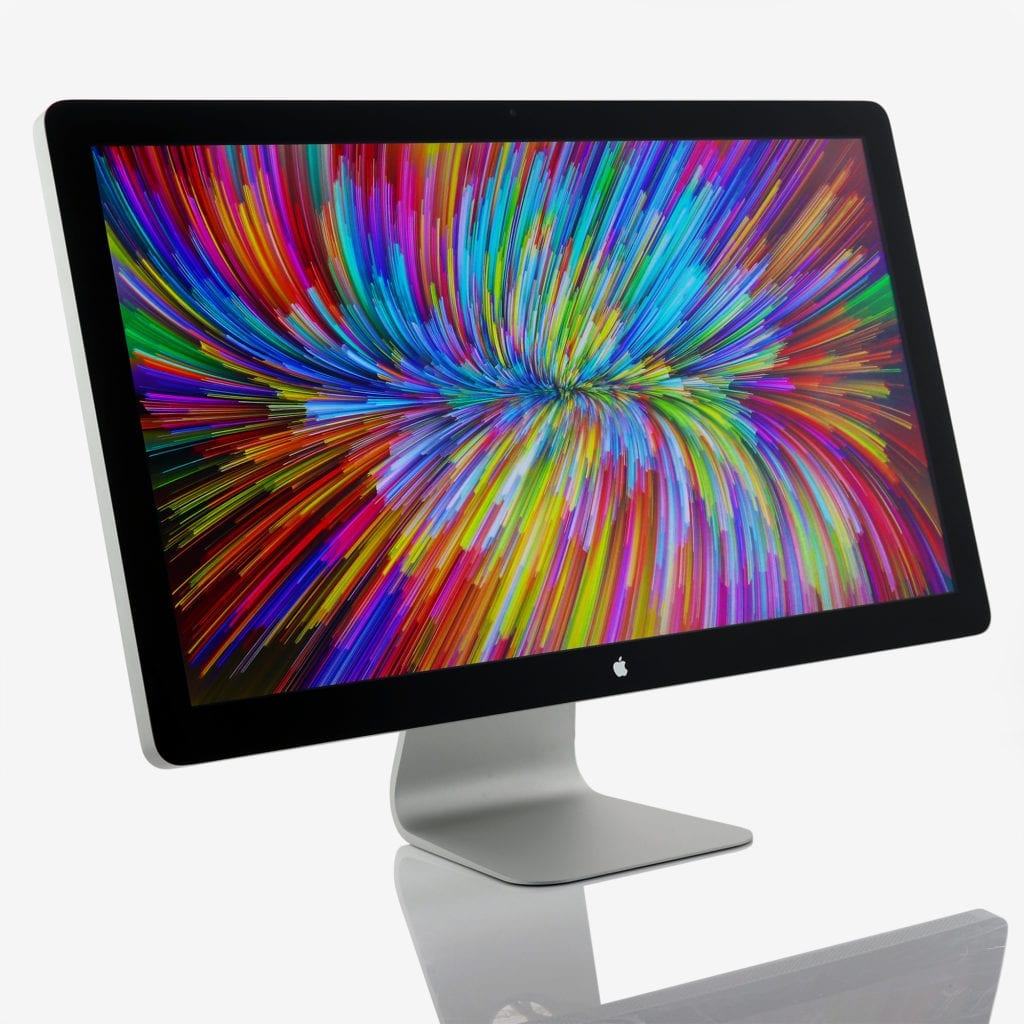
Besides a new Finder menu, translucent effect in the app sidebar, and new…
#Mac os system monitor how to

This year, Apple's macOS Big Sur is already causing rifts…
#Mac os system monitor update
How to Add Widgets in Notification Center on Mac Apple's annual major update release cycle is quite well-known, and people look forward to them.Are You Still Using Dashboard Widgets For System Monitoring?Īre you still using Dashboard widgets for monitoring your system? Or have you moved on? Let us know in the comments below. Of course, the information will not be as detailed as the Memory and Battery Diag apps. You’ll get an overview of all the things I listed above in about half the Notification Center screen. And even though it is text based, the actual widget is pretty condensed. Monity will monitor system usage, memory usage, network activity, battery status and disk usage. Monity costs the same as iStat Mini but takes a more focused and text based approach to system monitoring. If you’re looking for on-the-fly information about your system, instead of in-depth specific stats, iStat Mini is for you. With this you get graphical representation of the most vital stats on your system.
#Mac os system monitor full
While the full app costs a good $16, the Notification Center widget is just $2. That means less functionality but also less cost. IStat Mini is the little brother of the powerful iStat menu bar app. I know OS X does a good job of managing memory by itself but if you’re in the middle of a Photoshop edit or processing some video, that 2 GB extra memory is going to come in handy. When I used Memory Diag’s optimize feature, it paused Chrome, disabled a couple of other apps like iPhoto, and instantly freed up over 2 GB of RAM. The app does a good job at emptying unused memory and pausing apps. If you’re willing, the Memory Diag app can help you manage memory as well. You’ll get details like how long your laptop will last on the charge, the source, health, and how many charging cycles your MacBook has gone through. To show more stats, click the i button and select the details you’re interested in. The Memory Diag by default will only show three stats. Because of the unique way Notification Center widgets operate, you don’t need to launch the apps or enable the menu bar utility to enable the tracking. All you need to do is enable the Notification Center widget and forget about them. Each has a menu bar app and Notification Center widget. Memory Diag and Battery Diag are two standalone apps by the same developer. “~Library/Logs” is your current Mac user account’s user-specific application log folder, “/Library/Logs” is the system-wide application log folder, and “/var/log” generally contains logs for low-level system services. The search bar works to filter these log files, too.Note: To know more about what Notification Center widgets are and how to enable them, check out our write up on the default NC widgets in Yosemite. To view the system log file, click “system.log.” To browse different application-specific logs, look through the other folders here. An application’s developer may need this information to fix a crash that occurs on your Mac, too.

If you need more information about why an application crashes on your system, you may be able to find it here. Click them to view them in the Info pane. You’ll see a variety of logs with file extensions like. To see application crash and freeze logs, click either “System Reports” for system applications or “User Reports” for user applications.

You can also use the search box to search for a type of error message you want to see. You can click “Errors and Faults” in the toolbar to see only error messages, if you like. By default, you’ll see a list of console messages from your current Mac.


 0 kommentar(er)
0 kommentar(er)
